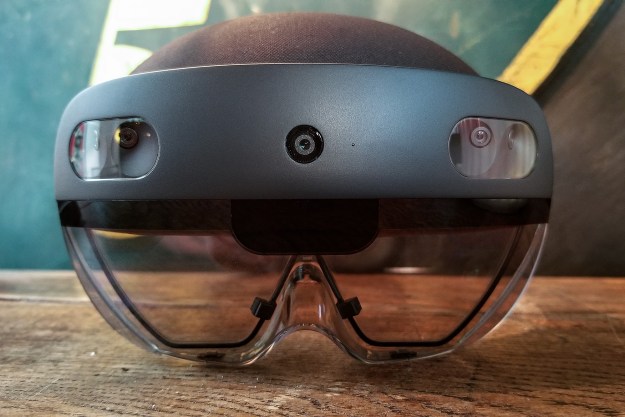Microsoft’s augmented reality solution, HoloLens, has a number of applications, from science to industry to gaming. One of the arguably most important areas where AR could make a real difference is in education, and HoloLens has demonstrated some value in that industry as well.
It’s no surprise, then, that education materials company Pearson is looking at using HoloLens to create new methods for teaching across a host of disciplines, as MSPU reports. Pearson is focusing its efforts on what it defines as mixed reality, or the merging of virtual reality and AR, where the physical and virtual worlds are merged.
Pearson hopes to use HoloLens to create a number of learning tools including online tutoring and coaching to areas as disparate as nursing, engineering and construction. The company is working with colleges, universities, and secondary schools both in the United States and globally to create pilot programs around mixed reality content.
Mixed reality can make complex topics easier to communicate. As Lorraine Bardeen, general manager for Microsoft Windows and HoloLens experiences puts it, “We are thrilled to partner with Pearson to expand the curriculum available to students to learn through the power of holograms on Microsoft HoloLens. Complex systems are more easily understood in 3D and learning through holographic computing in mixed reality provides students a higher level of understanding and experience that they can then bring into their real-world interactions.”
One Pearson pilot program currently underway is taking place at Texas Tech University Health Sciences Center in Lubbock and San Diego State University. The program aims to use mixed reality to make nursing education less challenging by replacing trained actors in simulating real-world situations faced by nurses. Mixed reality can help educators standardize and replicate these simulations more easily, potentially greatly improving nursing education’s value and efficacy.
The programs are being developed by mixing Microsoft’s holographic video capture tools with actors to create patient and health concern simulation programs. These videos are then fed into HoloLens to help prepare nurses for real-world diagnostic processes and to help build their confidence in their own competence.
Pearson is looking beyond higher education and beginning to study ways to apply mixed reality to grammar school as well. Canberra Grammar School in Australia is one such example, where Pearson and the university are partnering to explore the impact of mixed reality on developing new teaching and learning programs.
Clearly, HoloLens has demonstrated itself to be the premier AR and mixed reality solution in the industry today. And by being integrated so closely into the education of tomorrow’s technology-savvy professionals, Microsoft is helping to ensure that HoloLens remains important as the nascent industry continues to grow.
Editors' Recommendations
- Microsoft has a warning about working in the metaverse
- You won’t be taking Microsoft’s HoloLens 3 into the metaverse
- Microsoft unveils Mesh, and with James Cameron, dives into mixed reality
- Microsoft rolls out Minecraft: Education Edition to Chromebooks
- HoloLens 2 will have dark mode, 5G support when it launches globally this fall


